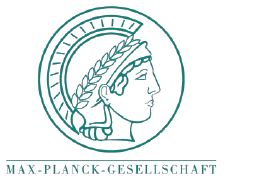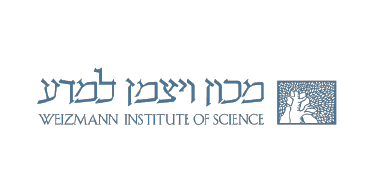
Our ability to test promising pathways in vitro and in vivo is quite limited. The testing of every candidate pathway would become an endless quest – worth of decades and billions of investments. To select only a few promising pathways we need the support of computational models that predict how each pathway will affect the carbon fixation rate in plants. We have generated a model of plant photosynthesis that takes into account both the central carbon fixation pathway (the Calvin cycle) as well as the photorespiration pathway – either the natural pathway or a synthetic alternative route.
This model enables us to estimate which synthetic pathway will result in the highest enhancement of carbon fixation rate, under different conditions such high/low illumination or high/low CO2-availability due to the opening and closing of the stomata. Only the most promising pathways will undergo a more extensive testing in vitro and in vivo.
The model also feeds both the in vivo and in vitro testing by setting important parameters thresholds and by giving suggestions on how to reach them. For example, the model can estimate the needed quantity of each pathway component to reach the best performance possible. Therefore it directs the enzyme engineering phase by specifying the minimal activity that an engineered enzyme needs to reach, or it warns us against toxic or reactive compounds that might accumulate during the activity of the pathway within the cells. We then can fine-tune the expression of the pathway components to avoid such deleterious accumulations.
The model is also continuously improved by integrating the data from the in vivo and in vitro testing i.e. the enzymatic activity, the growth rate, etc. Models are not completely finished yet but they are already well productive in giving us valuable information regarding the expected pathway. They are expected to be fully operative during the 3rd year.






